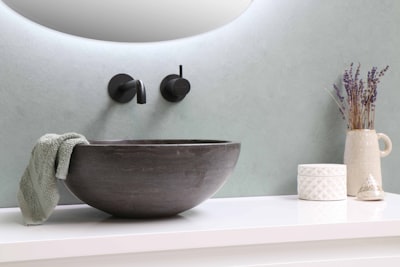Millions of people in the United States and all over the world are currently living with multiple sclerosis, which is a chronic disease that has many debilitating effects. MS is a progressive disease, meaning that the symptoms get worse over time. For many people with MS, this means that they eventually need home modifications in order to continue living safely and comfortably in their own homes. If you or a loved one has been diagnosed with MS, learning about which modifications are needed should be a priority. If you’re not sure where to start, read on to learn about helpful home modifications for patients with multiple sclerosis.
What are some helpful home modifications for patients with multiple sclerosis?

While there is no cure for multiple sclerosis, there are a number of multiple sclerosis treatment options that can help manage the symptoms. Some of the most common treatments include medications, physical therapy, and lifestyle changes. Medications can reduce relapses and slow progression of the disease. Physical therapy can help people with MS stay active and improve their strength, balance, and overall fitness. Home modification is necessary as a complement to these treatments in order to preserve quality of life.
One common challenge for people with MS is managing bathroom needs. Many patients need home modifications in order to facilitate a simpler experience. This might include installing grab bars, a toilet seat riser, or a wheelchair-accessible shower. Grab bars should be installed around the shower or tub and near the toilet, though there may be other useful strategic places to install them as well. Certain vanity sinks may also be better than others, allowing for more storage space and better ease of use. You can talk to the patient about sink height and style, so you can choose an option that fits their bathroom’s layout and doesn’t create any additional barriers.
If you have stairs in your home, it’s a good idea to add ramps or rails to make them easier to navigate. This can be especially helpful if the patient has difficulty walking. Often, people with MS find that they have difficulty seeing in low light. You should consider whether or not your home is well-lit, and think about extra lighting in key areas, such as near the stairs and in the bathroom. Ramps and wider doorways improve their ability to get around the house. Ramps provide a gentle slope and are particularly crucial for people who have trouble walking or need a wheelchair.
What else should you know about multiple sclerosis?

Multiple sclerosis is a chronic, often disabling disease that attacks the central nervous system (CNS), which is made up of the brain and spinal cord. The CNS controls all the activities of the body. MS is believed to be an autoimmune disease, which means the body’s own immune system attacks healthy tissue. MS symptoms vary from one person to the next and can range from mild to severe. The course of MS is unpredictable, and symptoms can vary from day to day, or even from hour to hour.
Most people with MS experience a relapsing-remitting course, which means that they have attacks (relapses) followed by periods of remission. However, over time, many people with MS develop a secondary progressive course in which they experience steady deterioration in their physical abilities. It’s essential to learn about changes and adaptations you can make that can help with daily life.
If you or a loved one is a patient with MS, it is important to talk to a doctor about what home modifications might be right for you. There are a number of resources available to help you pay for these modifications, including Medicare, Medicaid, and private insurance. There are also nonprofit organizations that offer assistance with home modifications for people with MS. Home modifications can help your loved one live safely in their own home for many years to come.
